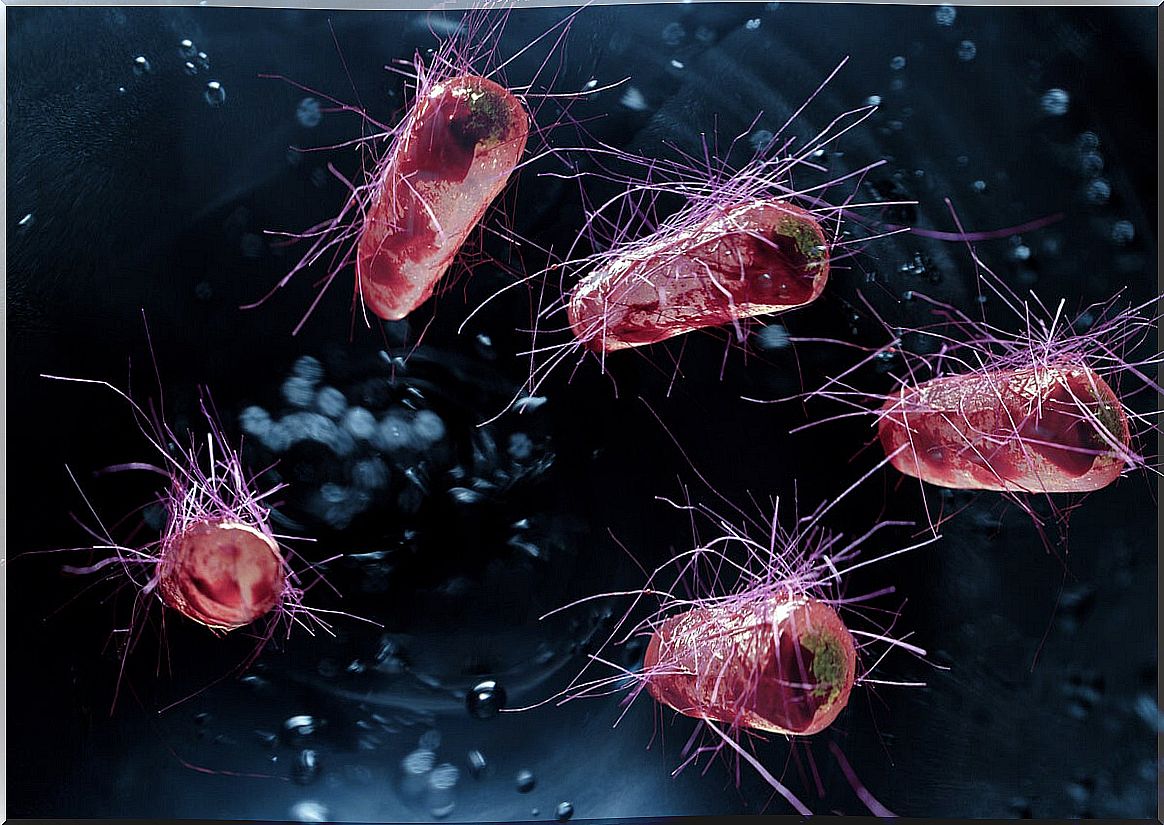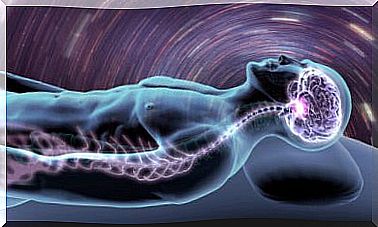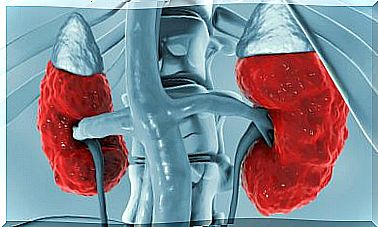Infectious Diarrhea: Everything You Need To Know
Diarrhea is defined as any pasty or liquid stool, which occurs three or more times during the day. Beyond being a sign of a pathological process, infectious diarrhea is the second most common cause of death in low-income countries, according to data from the World Health Organization (WHO).
In western countries with a developed health system, diarrhea is not usually a problem, but in other regions it becomes a cause of death, especially in infants. Whether out of awareness or prevention, knowing this condition becomes essential. Today we tell you everything you need to know about infectious diarrhea.
What is infectious diarrhea?
As we have already said, a pasty bowel movement that occurs more than three times a day is considered diarrhea. According to studies, in children under two years of age this value is reduced to three or more stools in 12 hours or, failing that, at least one with blood, mucus or pus.
Infectious diarrhea is that produced by pathogens, that is, it does not find its cause in other events, such as food poisoning or gastrointestinal disorders, such as irritable bowel syndrome. It can be caused by viruses, bacteria or protozoa, among others.
Beyond information of a medical nature, it is essential to contextualize the situation of infectious diarrhea on a global level. The World Health Organization throws us a series of revealing data, among which are the following:
- Diarrheal diseases are the second leading cause of death in children under five years of age worldwide.
- This translates into approximately 525,000 child deaths annually.
- A significant proportion of these pathologies could be prevented with the appropriate sanitary structures and the pertinent nutritional controls.
- This condition can cause severe malnutrition, loss of healthy years of life and, in the most severe cases, death of the patient.

Causes of infectious diarrhea
As scientific studies cite, infectious diarrhea is caused by viruses, bacteria, and protozoa, as well as certain more complex parasites. Below we briefly explain what each of these pathogens consists of.
Bacteria
As surprising as it may sound, bacteria only cause 10-20% of infectious diarrhea. Among the most common enteropathogenic we find the following: Shigella spp. , Salmonella spp. , Vibrio cholerae , Enterohemorrhagic Escherichia coli , Aeromonas spp. and Yersinia enterocolitica.
A special mention requires the bacterium Campylobacter jejuni , which is among the four most common causes of diarrhea globally.
Virus
Many viruses cause diarrhea, including noroviruses and rotaviruses. They are the most widespread responsible for acute diarrhea. These episodes of viral loose stools are also known as viral gastroenteritis or stomach flu .
Protozoa and other parasites
Some protozoa present in water, such as Entamoeba histolytica or Giardia lamblia, can cause infectious diarrhea. More complex parasites, such as roundworms, scientifically known as Ascaris lumbricoides, also give rise to this clinical picture.
Main transmission routes
Depending on the pathogen we look at, we can see that the transmission routes can be multiple and varied. For example, a virus is transmitted by microaerosols emitted by the infected person – such as coughs and sneezes – while a bacterium must be ingested with food, in general.
How to prevent infectious diarrhea?
As a basic rule of thumb, as indicated by the Centers for Disease Control and Prevention (CDC), the best prevention to avoid infectious diarrhea is to sanitize kitchen surfaces, do not consume untreated water and only eat cooked or pasteurized food.
This is because, indeed, the microorganisms that we have mentioned before are transmitted through direct contact with the mouth or ingestion, either in water or in certain foods.

What other symptoms are present?
Beyond liquid or pasty stools, infectious diarrhea can be accompanied by other symptoms, which depend on the causative agent. According to the National Institute of Diabetes and Digestive and Kidney Disease (NIH), some accompanying clinical signs may include the following:
- Blood in the stool.
- Fever and chills
- Dizziness and vertigo
- Vomiting
- Abdominal pain and swelling.
Prevention from food
As we have seen along these lines, infectious diarrhea can be caused by multiple pathogens: bacteria, viruses, protozoa, and other parasites. In most western countries this clinical picture is not a problem, but in regions with low environmental sanitation it is the second most common cause of death.
The best prevention to avoid diarrhea (except the viral variant) is avoiding eating raw, undercooked or handled food in an environment that has not been sufficiently sanitized.








